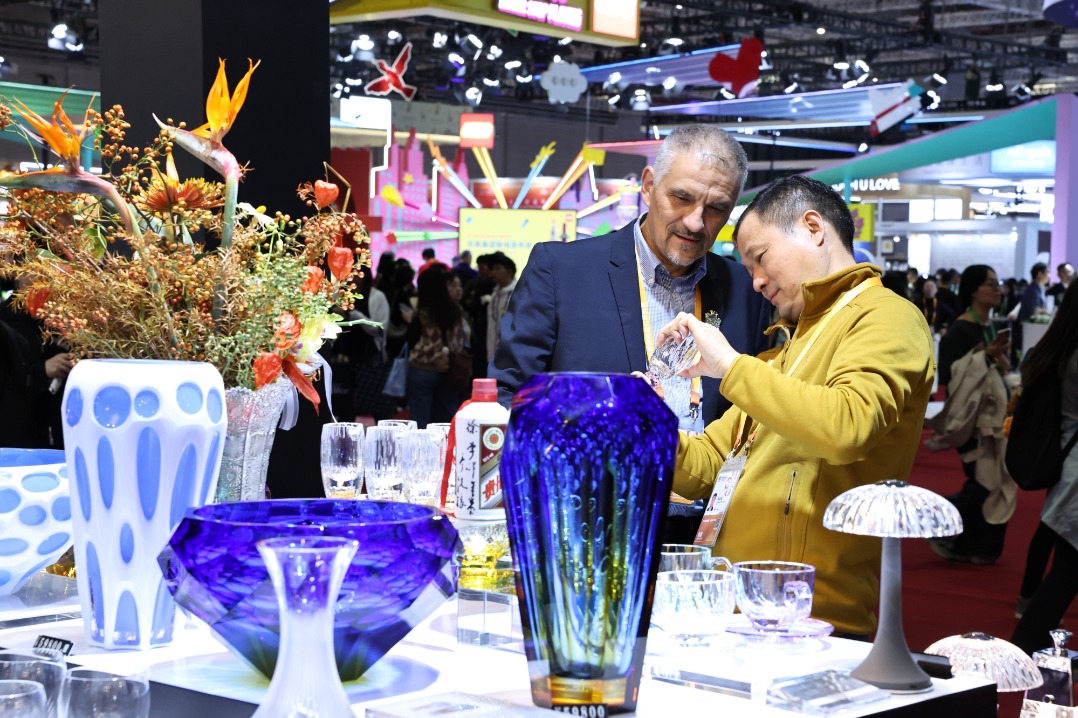Wucheng breathes new life into ancient pottery skills


"In a quaint courtyard, where tea and flowers abound, nestled the Grand Canal's serene banks. A few kindred spirits, bound by their shared interests, come together to preserve the time-honored culture of pottery."
This poetic scene evokes an alluring ambiance where traditional pottery assumes a pivotal role in enriching one's leisure hours.
Jiamaying township of Wuchengcounty, Dezhou, Shandong province, is located on the east bank of the Wei River, a western tributary of the Yellow River. It once hosted Dongyang county, which was first established by Liu Bang, emperor Gaozu of the Han Dynasty, in the early Western Han Dynasty.
Since ancient times, there has been a tradition of using local materials such as silty clay from the Wei River to produce household pottery products, which greatly facilitated people's daily life. This land with a long history of pottery tells its intriguing story by carrying forward and inheriting the pottery culture of the Wei River.

After a series of careful drying, grinding, and selection, the clay, sourced from the riverbed, is returned to a malleable state, now imbued with the ideal moisture content. Its texture grows smoother and more pliable, boasting an inherent plasticity that proves invaluable during the subsequent manufacturing stages.
In the skilled hands of pottery artisans, the clay starts to metamorphose, evolving with each graceful touch into forms with elegant contours. Pre-crafted spouts and handles of a teapot are deftly affixed to the greenware, held together by the potter's hand. With meticulous carving, a masterpiece of greenware emerges. Following an extended period in the kiln, the pottery basks in the warm embers before finally finishing, bearing the unique patterns etched by the fire.
History may inscribe its indelible traces upon the earth, yet the wisdom of our ancestors remains intact, undaunted by the relentless march of time. This gift from ancient times, cherished through the ages, remains a valuable treasure and a testament to the precious cultural heritage that enriches our art of living.



































